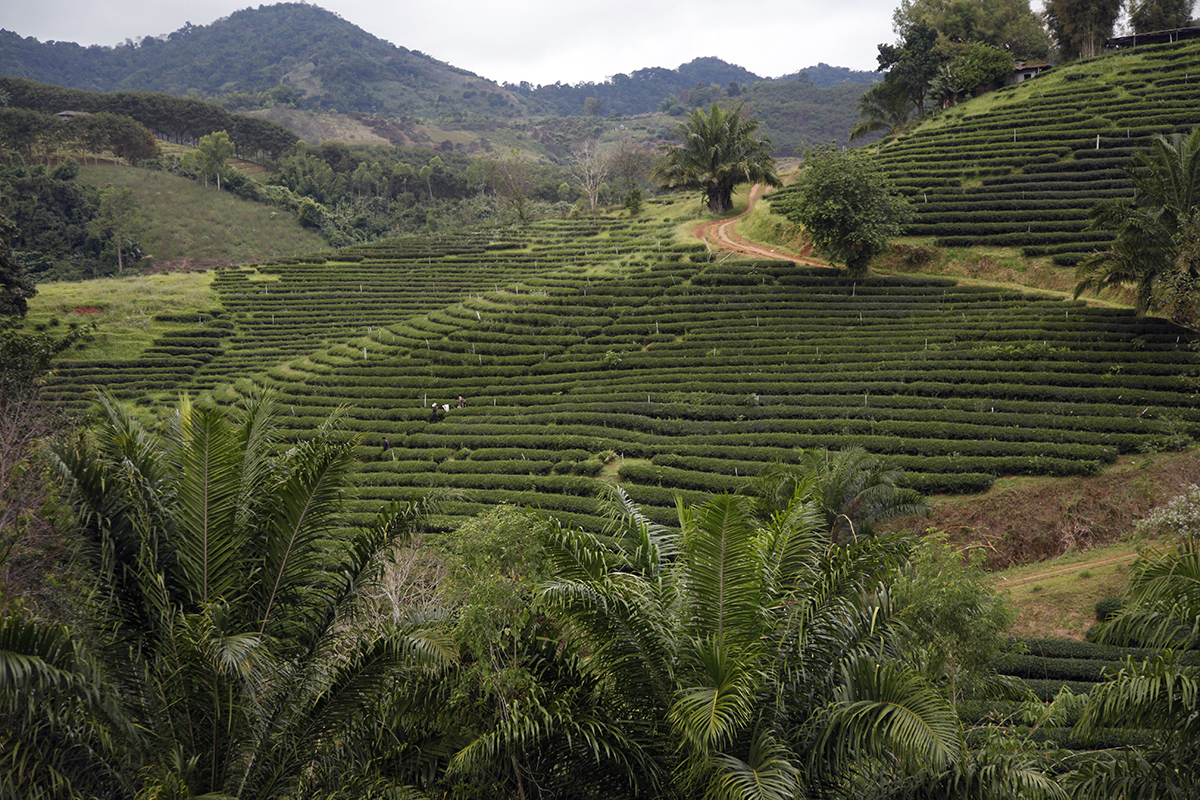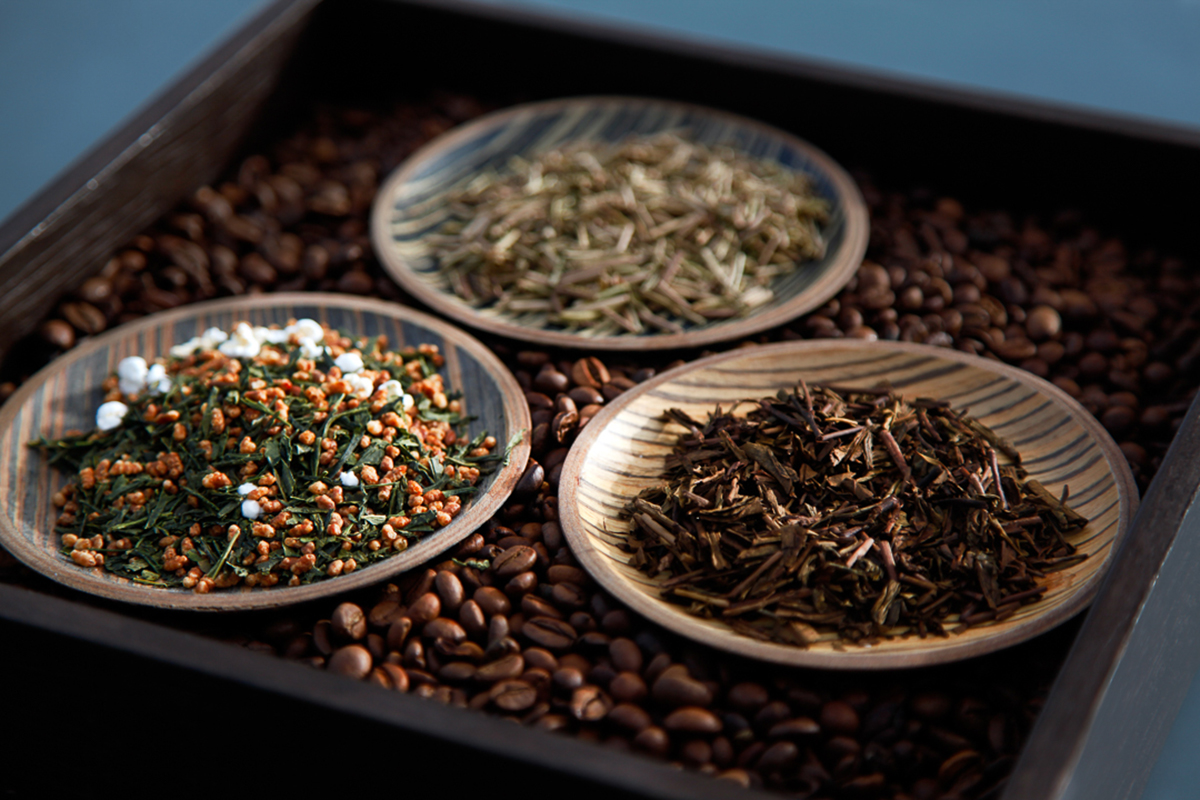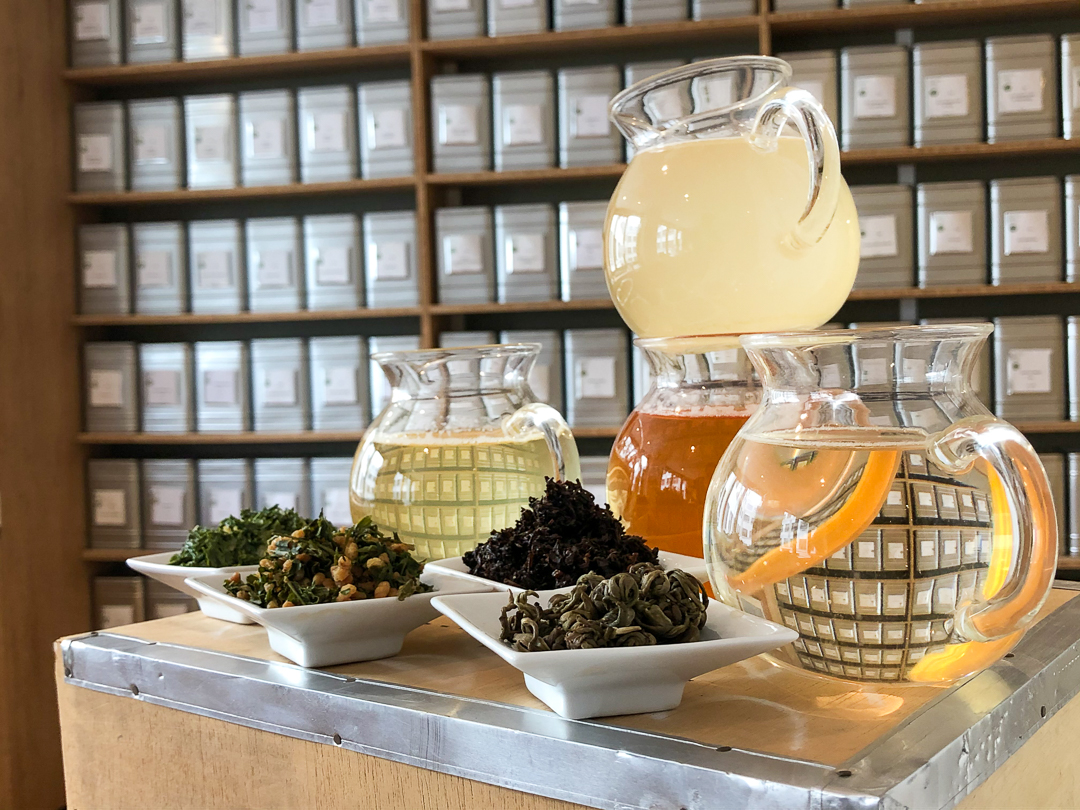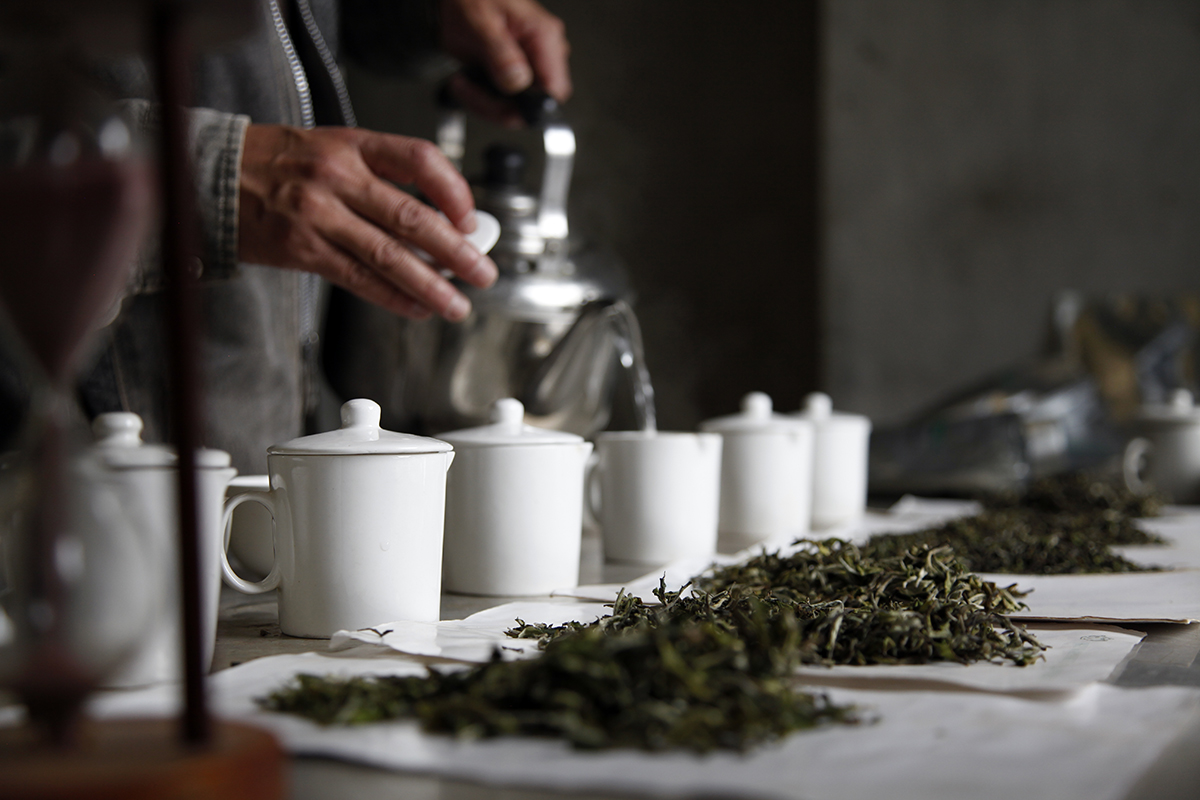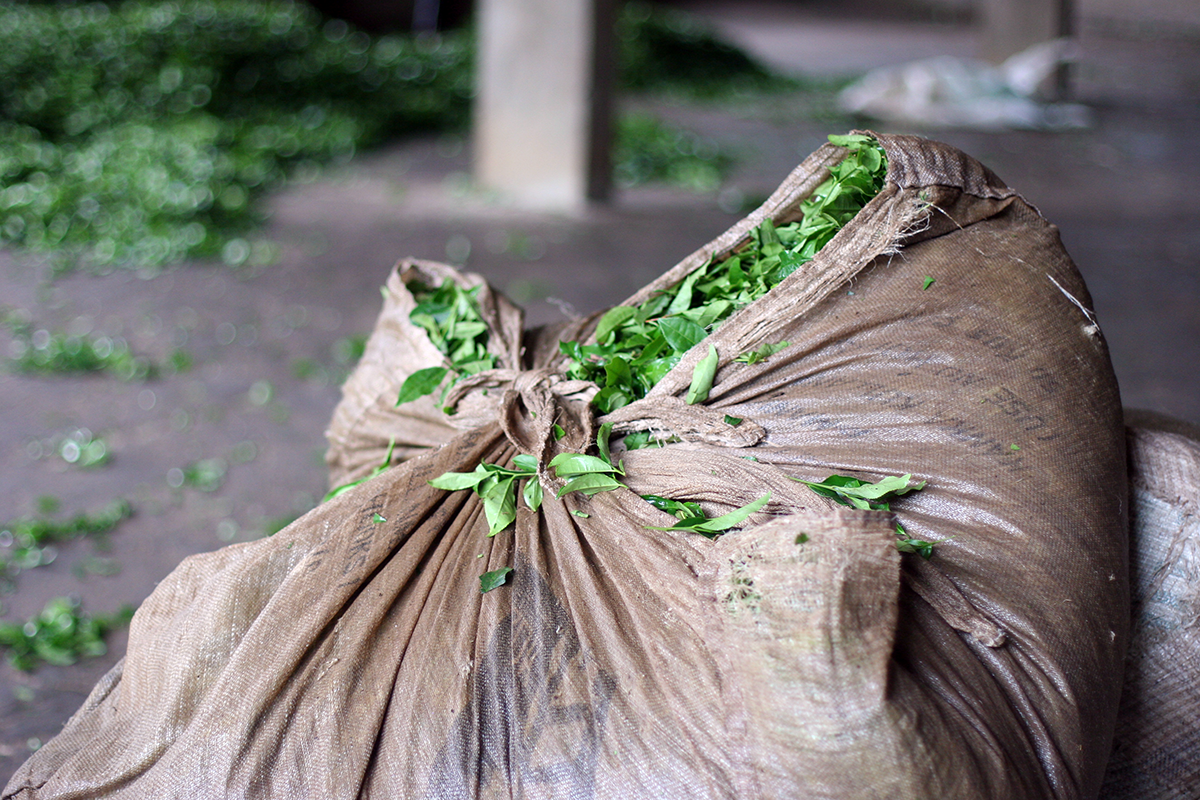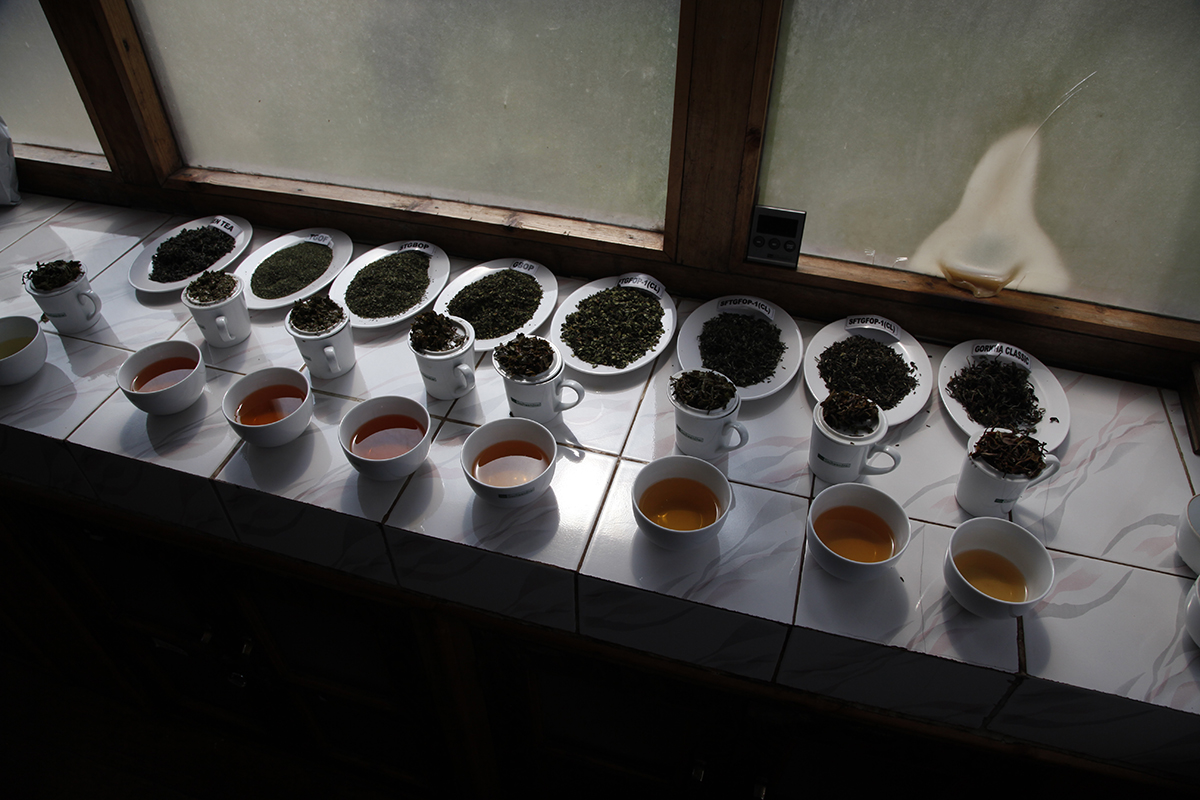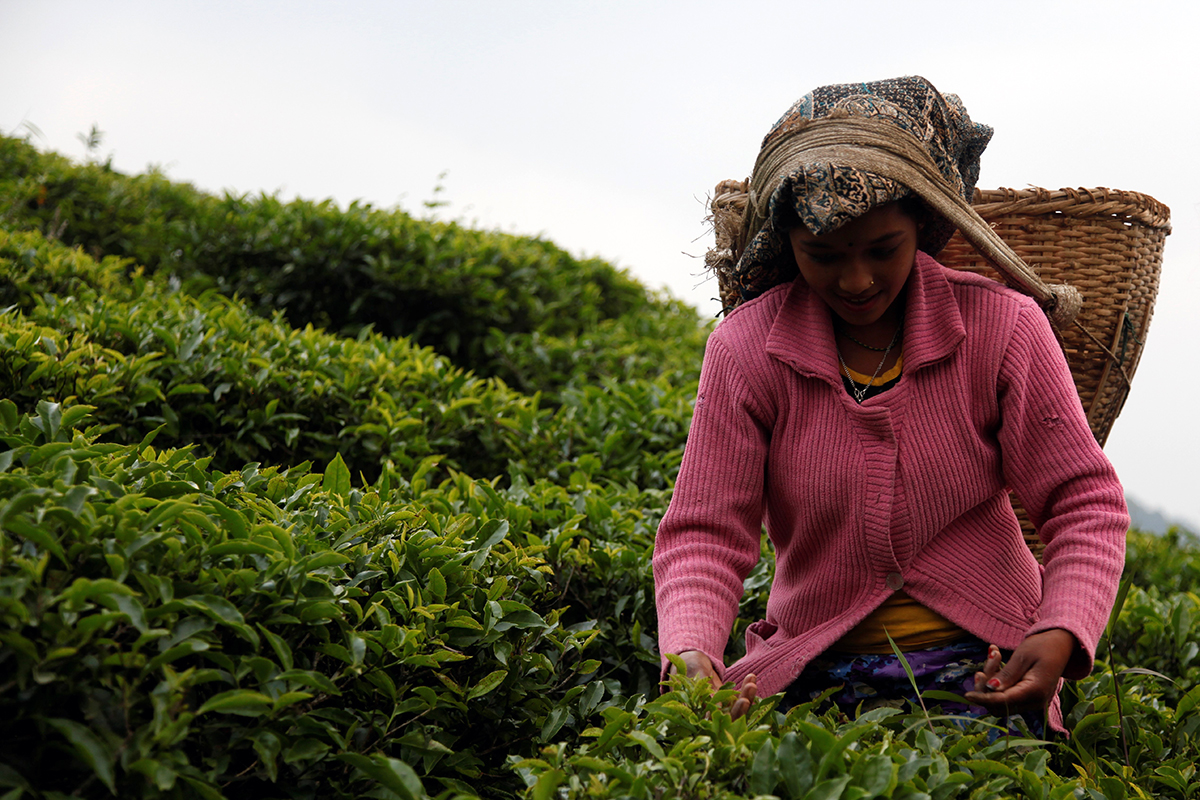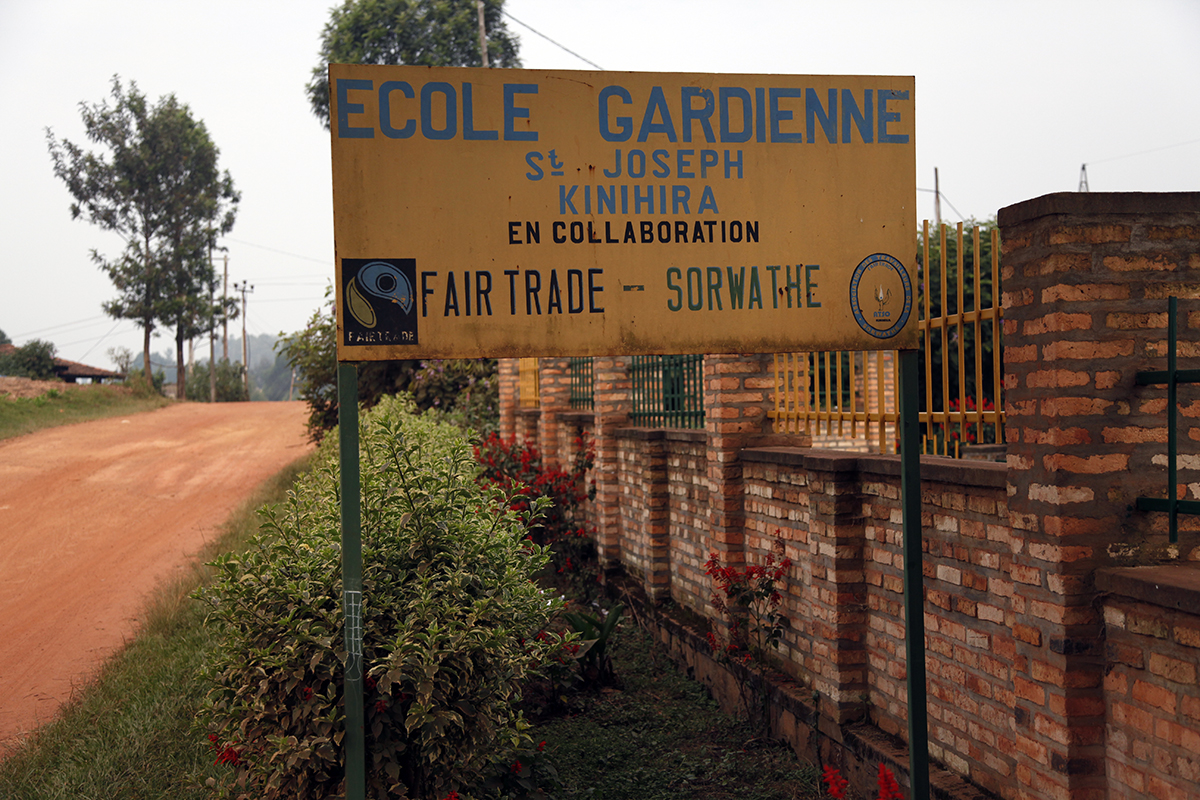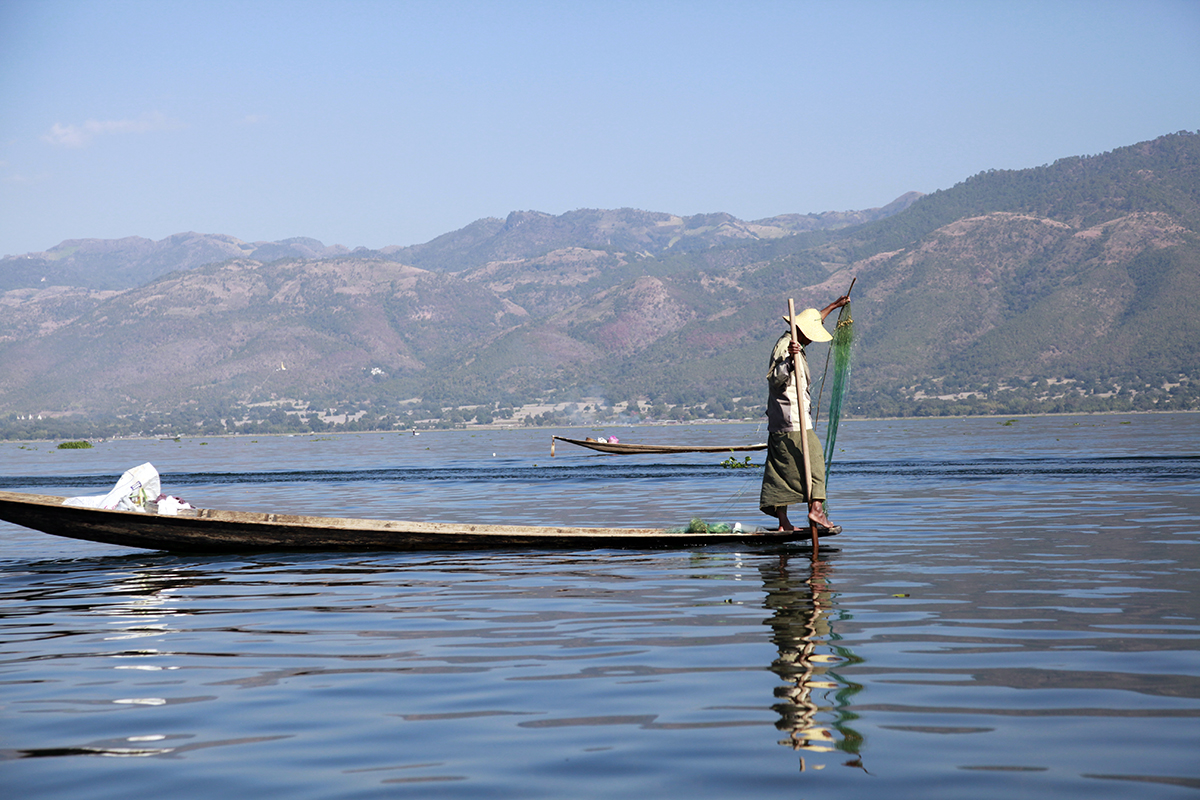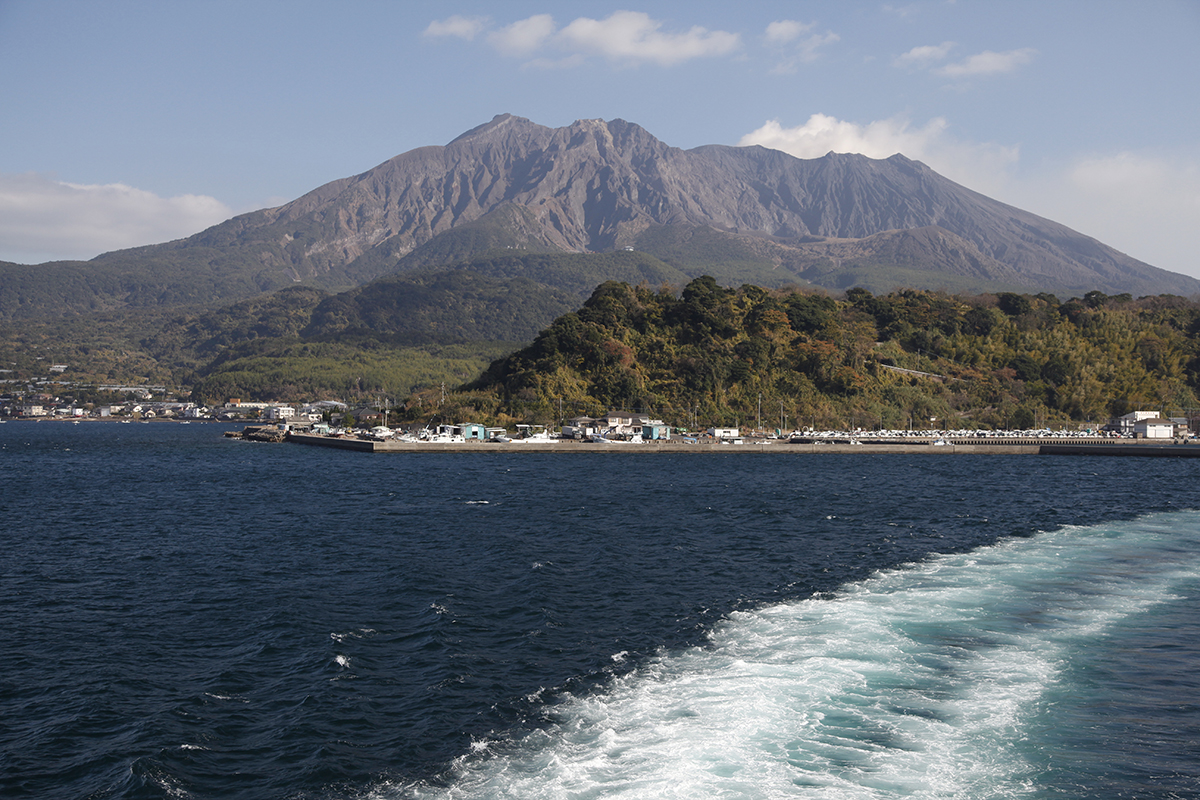Travelling around the world is not one of life’s essentials, even when you have a job like mine. Despite the world health crisis, we’re receiving samples of tea produced on the other side of the world by farmers we know. We taste them straight away in our tasting room and choose the ones we want. In other words, the world of a tea researcher continues on its course even during these times of Covid-19. It’s a strange world though, one that has stopped us from moving around. So, when we grow nostalgic for travel, for those wonderful landscapes, those mountains and changing skies, there is nothing to stop us, after all, from transporting ourselves through the power of the image. Here, we’re in northern Thailand, not far from the Golden Triangle.
ARCHIVE FOR 2020
What tea should you serve a coffee-drinker?
At some point, I’m sure you’ve asked yourself what tea to serve an obsessive coffee drinker. Some people can’t envisage an alternative to their single-origin pour-over or flat white. From my experience in such situations, I suggest you offer teas with burnt notes (toasted or roasted). These aromas are foregrounded in three famous Japanese teas: Bancha Hojicha, Shiraore Kuki Hojicha and Genmaicha. All three are accessible and easy-drinking thanks to their roasted flavours. They are an ideal bridge between coffee and tea.
A sparkling idea
What does a tea researcher do when he can no longer travel? He spends more time tasting teas, and trying new experiences! For a long time I’ve wanted to try infusing tea in sparkling water, and now I’ve done it. One hour at room temperature; I used Perrier on this occasion. The result was rewarding: a very refreshing and delicious drink, once I’d got over the surprise. Healthy, and with no added sugar. It’s at least as good as any fizzy drinks I’ve tried, and can be kept for 24 hours in the fridge. From left to right: Yuzu Tea, Genmaicha, Chai Imperial and Perles de Jasmin.
Things are hotting up!
We hear a lot about carbon footprints, and when we consider tea, we immediately think of transport, whether by sea or air. Yet when you drink your cup of tea, do you know the biggest factor in its carbon footprint? It is the energy required for heating the water. The use of your kettle has a much greater impact than the transportation of a few leaves that barely weigh anything. So, when you’re preparing your cuppa, if you want to reduce your carbon footprint, make sure you only heat the amount of water you actually need, and switch off the kettle at the required temperature. This is much more efficient than boiling twice as much water, or heating it too much and then leaving it to cool.
Isolation and fermentation
Freshly plucked tea leaves shouldn’t be kept in isolation, or they might start to ferment. As soon as they are harvested they are transported to the factory in bags made from a light, loosely woven material that allows air to circulate. The journey must be as short as possible to prevent the risk of the young shoots undergoing an undesirable change.
To spit or to swallow
When you taste a large number of teas that are particularly tannic and astringent, you have to decide whether to swallow or not. In order to protect their palate, a taster will swill the liquor around in their mouth to analyse it, then spit it out. This allows them to remain neutral when assessing the next sample.
Our Nepalese friends need you
Of all tea-producing countries, Nepal has suffered the most from Covid-19. There are a number of reasons for this: the small remote farms, the crumbling infrastructure (roads are cut off, the international airport is closed or swamped), the lack of access to the sea, and more.
Nepal is one of the poorest countries in the world. I’ve done my best to support my tea-producing friends during this difficult period, and delicious teas that take months to reach us are starting to become available. I’m counting on you to try them – for the sake of these small producers, the cooperatives of often very young farmers, who we must encourage and not leave to fail. When it comes to premium teas, the quality and variety of teas they produce are unique, and they are very good value for money.
Nearly time to go back to school!
Here, like elsewhere, it will soon be the start of a new term. Part of our work is to ensure that, on the tea plantations, the children in the village go to school. It is not enough to find delicious teas, although we are proud of the way they are produced. When we visit a plantation, along with a visit to the clinic, we always go to see the classrooms and meet the students and teachers.
Happy holidays
You won’t get to know the fishermen of Inle Lake this summer. Balanced right at the end of their dugout canoe, they make a rotational movement with their leg wrapped around the oar and guide the fish in a mysterious way towards the net they hold in one hand.
Viewed from the perspective of a traveller like me, and judging by the frequency of their catches, the ease and poetry of their movement repeated thousands of times contrasts with its apparent efficacy. I hope you enjoy your holidays. If you try this fishing technique for yourselves, wherever you are, let me know how you get on.
Discovering distant horizons
In normal times, the summer is a wonderful time to head out to sea and get away from it all. This year, though, I doubt you’ll have an opportunity to discover distant horizons. The magnificent Kagoshima Bay, for example. It is overlooked by one of Japan’s most famous volcanoes, Sakurajima. During active spells, it spits out magnificent plumes of white smoke three or four times a day. They stretch across the sky over this part of Japan in the far south of the country, a region familiar to tea connoisseurs. The gyokuros from these parts are celebrated, and the soil into which the tea plants plunge their deep roots is made from lava.

